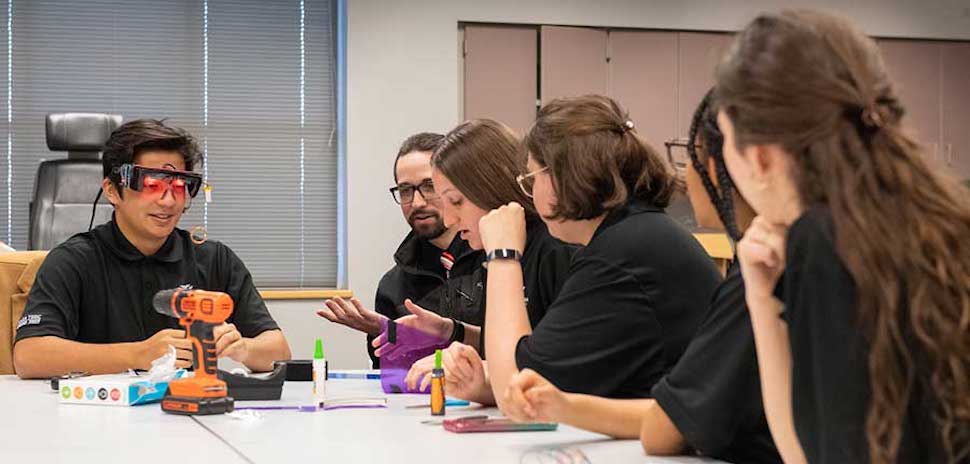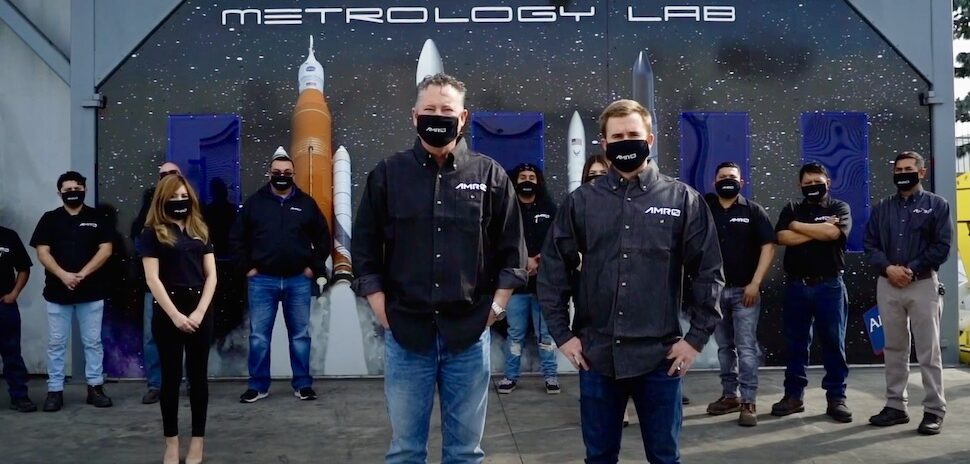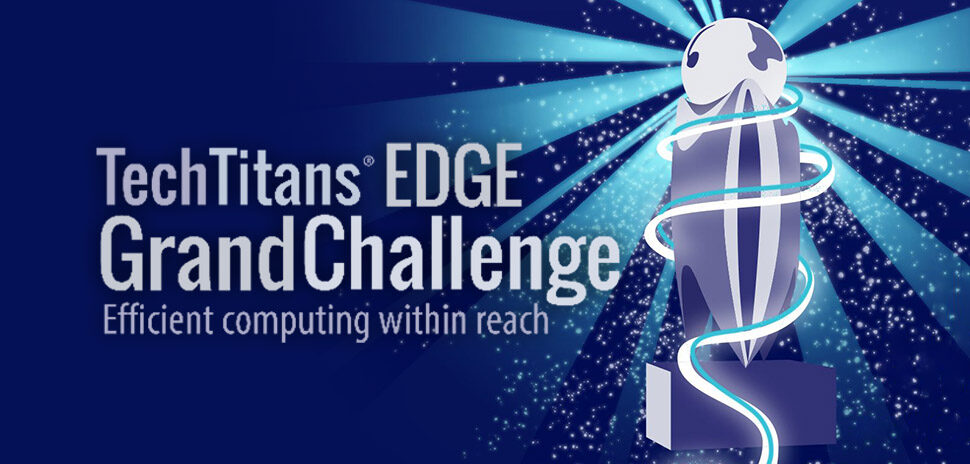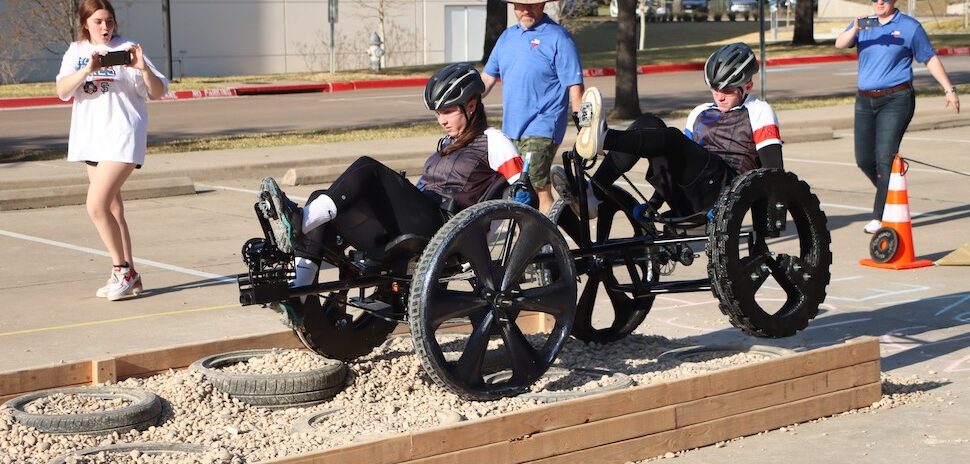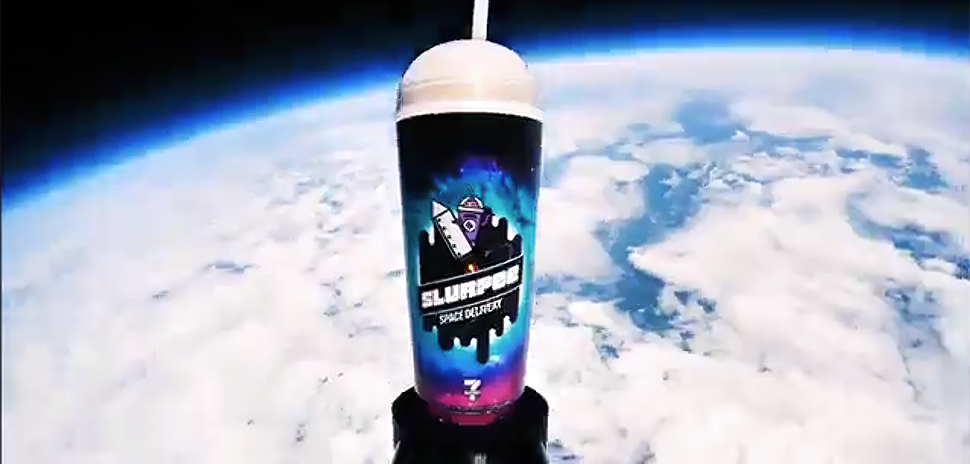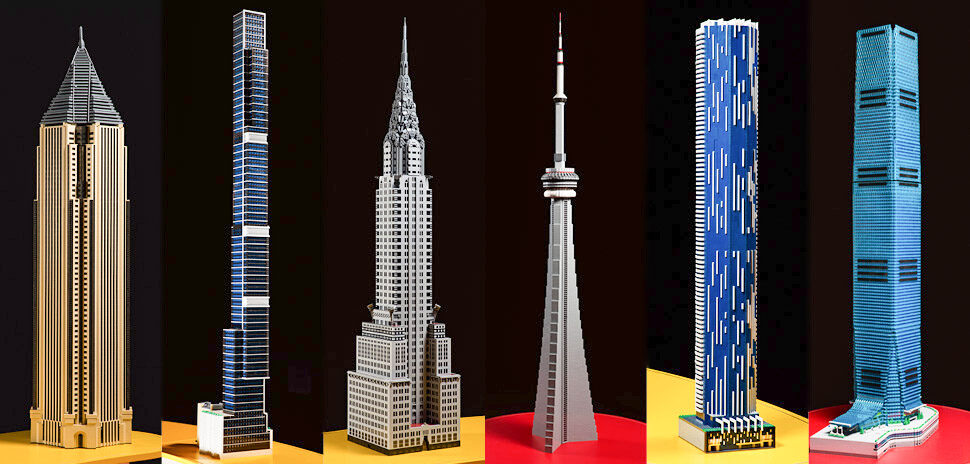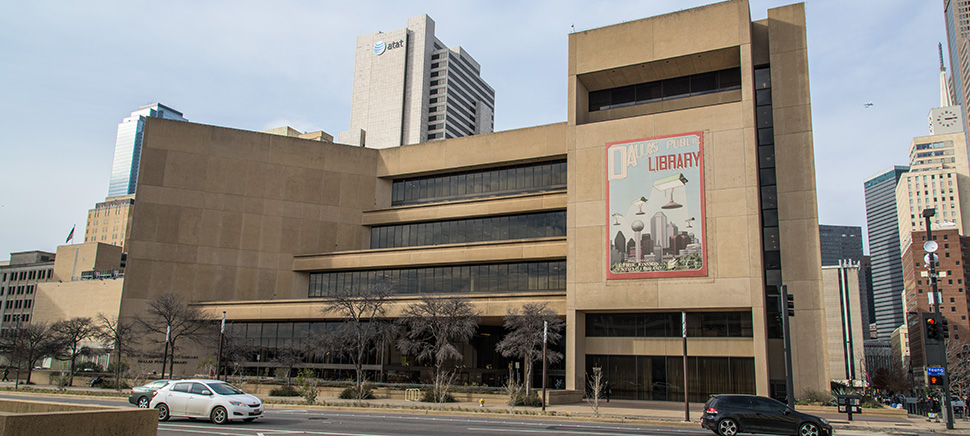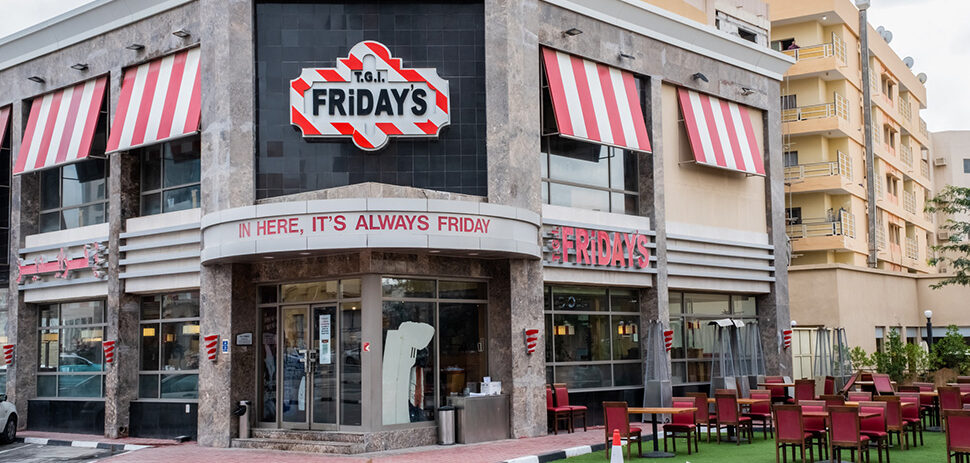A team of Texas Woman’s University kinesiology seniors won the top prize in the Texas Space Grant Consortium Design Challenge Showcase last month at NASA’s Johnson Space Center near Houston—and now they’ve secured a provisional patent for their award-winning therapeutic astronaut visor.
The team won two of four other awards at the challenge showcase—the third time in five years a TWU team has won the top prize while competing with numerous engineer-laden university teams.
Visor recalibrates astronauts’ sleep cycles
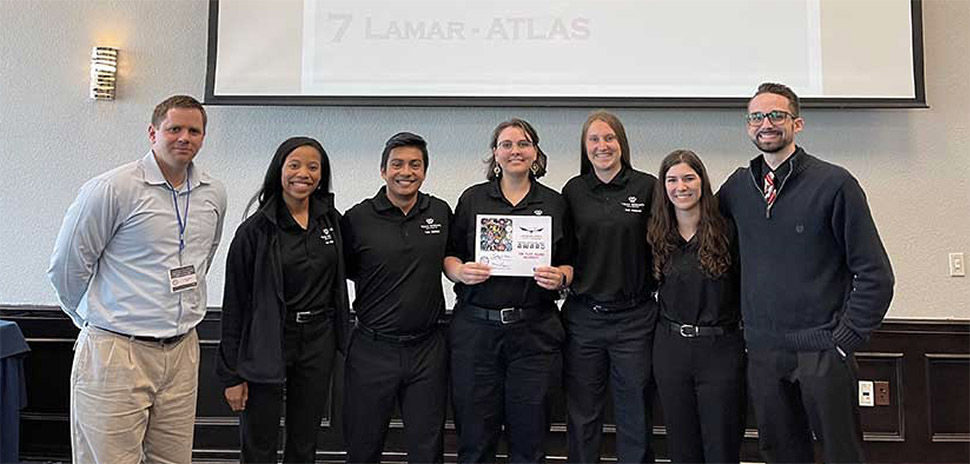
TWU’s winning team in the Texas Space Grant Consortium Design Challenge Showcase. [Photo: TWU]
The team’s visor works by emitting therapeutic blue light for astronauts on the International Space Station, who often have trouble sleeping because of the multiple sunrises they experience every 24 hours. Seeing the sun come up again and again plays havoc with sleep cycles, so the team’s visor is designed to recalibrate those cycles and restore natural sleep patterns.
Brittany Rust led the five-member “Oneiroi” team, which also included Keely Chapman, Avery Foreman, Mercy Obanigba, and Eduardo Urias.
Followed up on work by last semester’s all-female team
The team wasn’t working from scratch. They were following up and enhancing a light-emitting device designed last fall by their predecessor, also nicknamed Oneiroi, for dream gods in Greek mythology.
Last fall, the team’s predecessor beat 16 other Texas teams by winning four of the five awards in the NASA-sponsored competition.
It was the first time an all-female team won the best overall team title in the NASA-sponsored competition.
Enhanced device with red therapeutic light
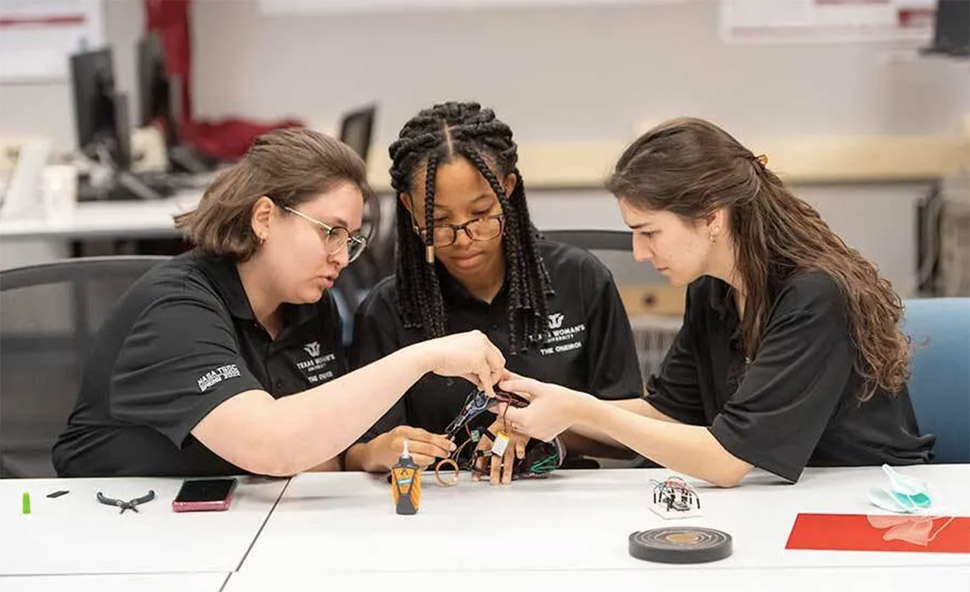
The TWU design team at work. [Photo: TWU]
For this spring’s competition, Rust and her teammates enhanced the device by adding a red therapeutic light to induce higher-quality sleep. The team logged hundreds of hours of research and testing to improve the device’s operation. The result: an enhanced rechargeable device that uses less power than current light systems on the space station, and can be worn comfortably while astronauts perform their daily tasks.
“This semester, the goal was to address sleep onset,” said Rhett Rigby, a TWU associate professor in kinesiology and the design team’s faculty advisor. “They added red lights inside of the glasses with the goal of improving an astronaut’s sleep quality. They also created a lens that goes over the front of the glasses to block blue light.”
Working toward full patent this summer
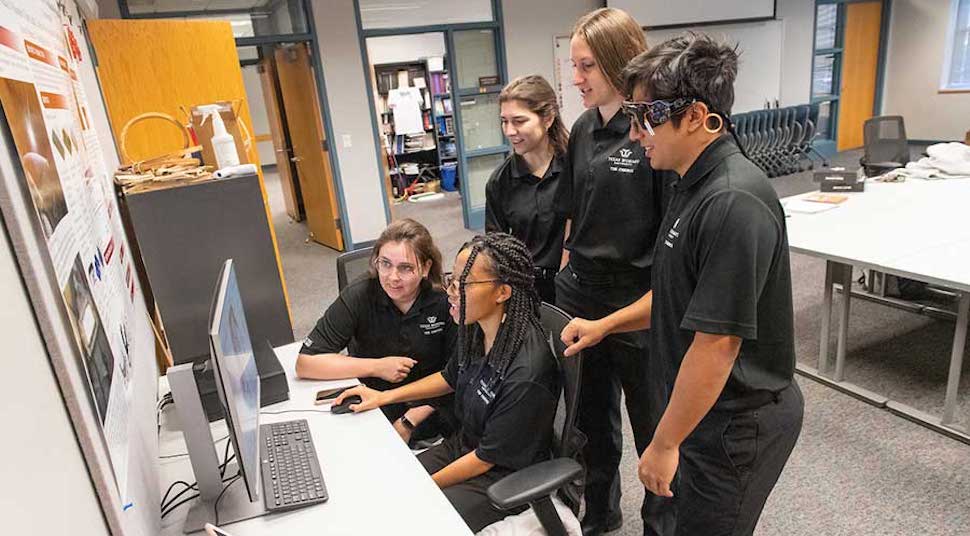
The kinesiology student design team will be working toward a full patent for the device this summer. [Photo: TWU]
“The moments leading up to the announcement of the winners was tense and exciting,” team leader Rust said in a statement. “No matter what, I knew my team was incredibly hard-working and smart. I was so proud to have contributed to this and honored that we could participate in such a unique internship.”
With a provisional patent now secured for the device, the team will be working this summer to acquire a full patent, according to Rigby.
![]()
Get on the list.
Dallas Innovates, every day.
Sign up to keep your eye on what’s new and next in Dallas-Fort Worth, every day.










